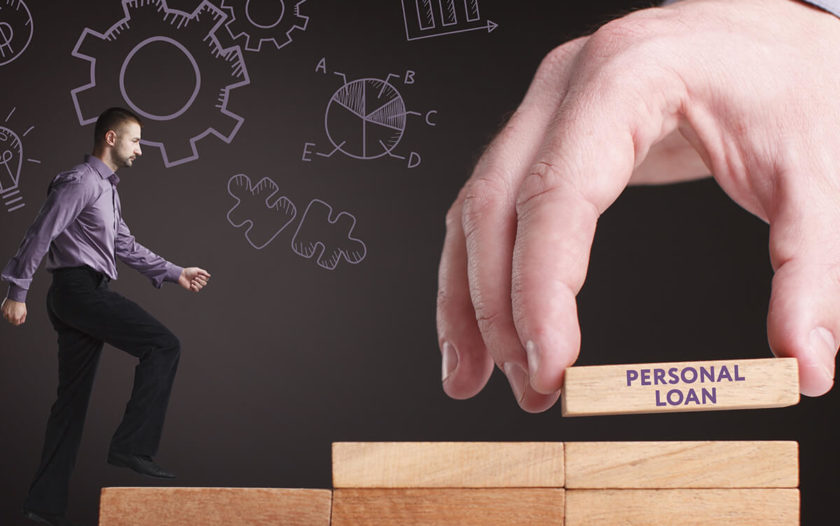How to Get a Personal Loan with No Credit History
About Kevin
Kevin is a former fintech coach and financial services professional. When not on the golf course, he can be found traveling with his wife or spending time with their eight wonderful grandchildren and two cats.
Read full bio
At a Glance
Building a solid credit history can take years. Unfortunately, some people don’t have that kind of time and need access to credit or a loan immediately. Though your options may be limited, there are several ways to get a personal loan with no credit history.
In this article, you’ll learn:
How to apply for a payday alternative loan
The Payday Alternative Loan program (PAL) was created by the National Credit Union Administration in 2010. Federal credit unions offer payday alternative loans in small increments, between $200 and $1,000, with payment terms of one to six months.
Application fees for a PAL are generally pretty cheap, as little as $20. Interest rates, on the other hand, can be as high as 28%. Other credit unions are legally bound to charge no more than 18% interest, but their application fees can be much higher.1
You can only apply for a payday alternative loan at a federal credit union. For a list of credit unions, visit NCUA.gov.
How to borrow from your retirement plan
When borrowing from your retirement plan, you are not only limited to a 401(k) loan. Retirement borrowing also includes Roth IRAs and pension funds.
Borrowing from your retirement fund is essentially asking for your own money. 401(k) funds normally allow loans of up to 50% of your balance. Pension funds require certain life circumstances like evictions, home remodeling, or foreclosure. IRAs usually charge a penalty.
Contact your retirement plan administrator for additional information on how to obtain a retirement fund loan. Read the guidelines for 401(k) loans and more at IRS.gov.
How to obtain a secured loan with no credit history
A secured loan requires collateral, typically a physical asset or money in a savings or checking account. The latter option doesn’t do you any good if you need funds immediately. The lender will stipulate that you leave security funds in the bank until you pay the balance of the loan.
Financial planners will generally advise against this option unless you’re using the money to pay off higher-interest debt. Of course, if you have debt, you have a credit history. If you have no credit history, only consider secured loans if unsecured options are not available to you.
You can apply for a secured loan at any local bank or credit union. Secured vs. Unsecured Personal Loans about the difference between a secured and unsecured loan.
How to use a cosigner for a personal loan
Sometimes, we need a little help from our friends. Finding a cosigner is the first action a lender will recommend to you when you ask how to get a personal loan without credit. Young people often do this with their parents because they have no credit history. Workers can also ask their employer to cosign.
It’s important to understand what you’re getting into with this option. A cosigner’s credit history will be affected by the loan, and it will show up as debt on their credit report. If you default, your cosigner will be held liable for the balance of the loan. Defaulting on a cosigned loan can ruin a good relationship, so be careful.
How to get a credit-builder loan
Credit-builder loans won’t solve your immediate cash problem, but they’re a great way to establish credit history. The lender will agree to loan you a small amount, but rather than give you the money, they deposit it into a savings account. You need to pay off the loan to get the money.
The upside of a credit-builder loan is that your payments are reported to the credit bureaus. By the time you’re done, you will have established a credit history. That means you won’t have to go through any of this if you need a personal loan in the future.
Read more about credit-builder loans from the Consumer Financial Protection Bureau (CFPB).
Sources









